Destiny 2's transmog grind is a symptom of a larger problem with its real-money store
The Eververse is all consuming.

Transmog should have been an easy win. Previously, Destiny 2's armour system was restrictive. It's all well and good finding a set that you like the look of, but likely its stat rolls would be bad—either too low, or too weirdly distributed to be an effective part of your build. And the number of activities that offer guaranteed high stat loot is still pretty low, meaning you're likely restricted to just a handful of options—some of them bewilderingly ugly. I'm looking at you, Pit of Heresy.
Previously the only fix for an ugly armour set was through 'Universal Armor Ornaments'—skins that can be freely applied to existing armour. Each season, a set is made available as a reward for battle pass completion, but players' main source of ornaments remains the Eververse store. You can buy new sets using the free-but-slow-to-earn currency of Bright Dust, but only if you remember to check Eververse on each of the weeks each piece is sold for. Miss one, and your only other option is to do what Bungie really wants you to do: spend actual cash.
A full set of Universal Armor costs 1,500 Silver, or $15/£13. That's one and a half times the price of a Destiny 2 Season, or just over a third of the cost of a whole Destiny 2 expansion. It's expensive, basically.
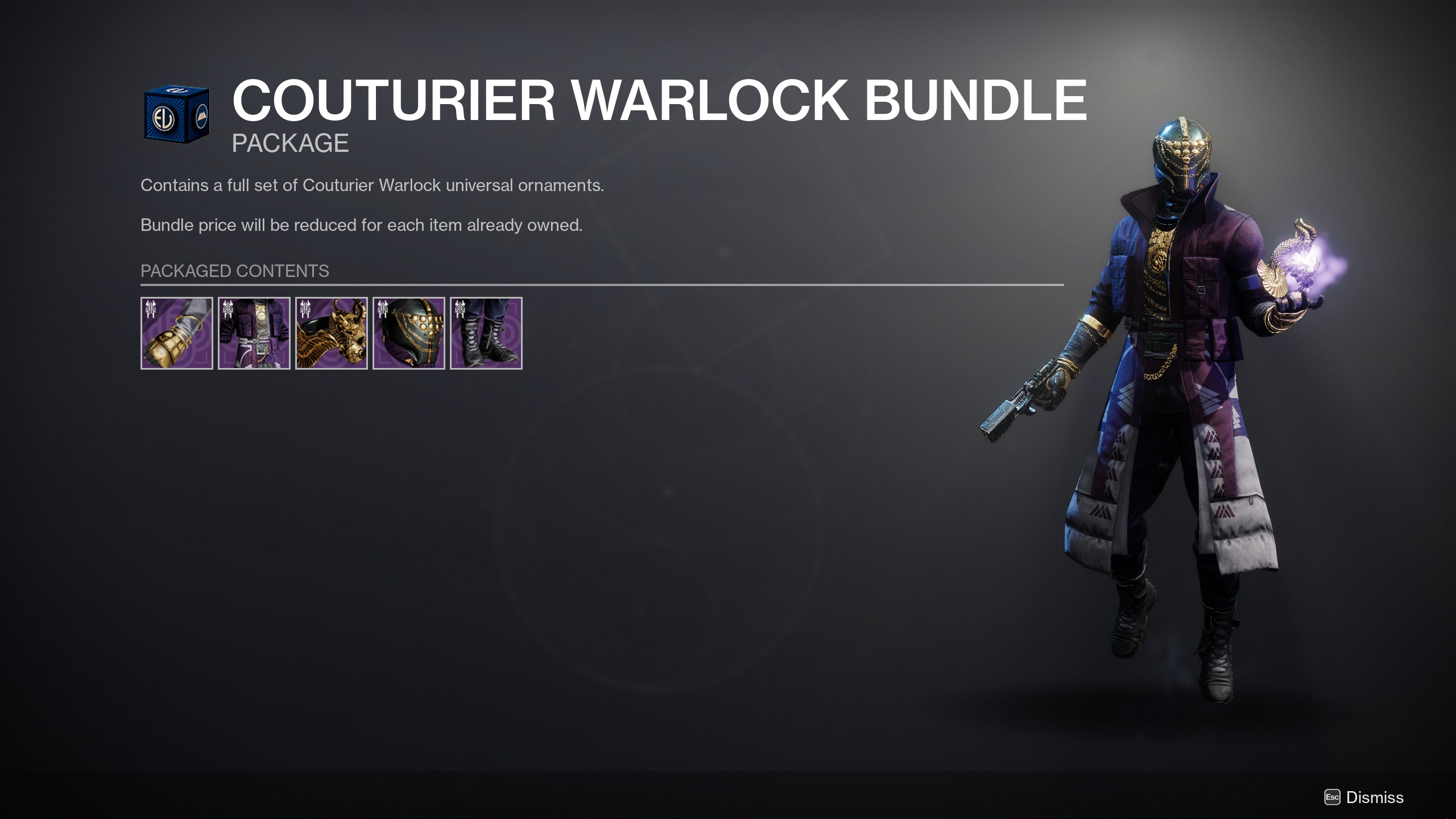
Transmog—or 'Armor Synthesis' as Destiny 2 is calling it—sounded like a perfect alternative, letting players turn the armour they'd unlocked into new ornaments. As in most MMOs, fashion is a big part of customising your character, and a less restrictive method is an obvious benefit for players. Right?
Yes, to an extent, but the end result is far from a home run. Armor Synthesis is now live, and while it does serve as a means to convert unlocked armour sets into skins, there's plenty of pain points along the way. The biggest is how long each new Synthweave—the resource used to turn a piece of armour into a skin—takes to earn, and how many you can earn in a season.
The process, as explained by Bungie, is peak Destiny:
- Defeat enemies to earn Synthstrand
- Spend Synthstrand on bounties to earn Synthcord
- Convert Synthcord at the Loom in the Tower into Synthweave
- Use Synthweave to convert an unlocked armor appearance (Legendary quality or lower) from Collections into a Universal Armor Ornament
What's strangest to me about the basic setup is the very idea that transmog needed to be justified and incorporated into the world as a feature, led by a character who's undergoing a new—albeit likely minor—story arc as result. It's odd that a fairly standard MMO quality-of-life system has been wrapped up as a new game loop, and I wonder if it's illustrative of how much Bungie sometimes struggles to fill each Destiny 2 season with meaningful new content. Especially as, if transmog is a bullet-point feature of this new season, it's one that acts as a feeder system into the Eververse store.
Keep up to date with the most important stories and the best deals, as picked by the PC Gamer team.
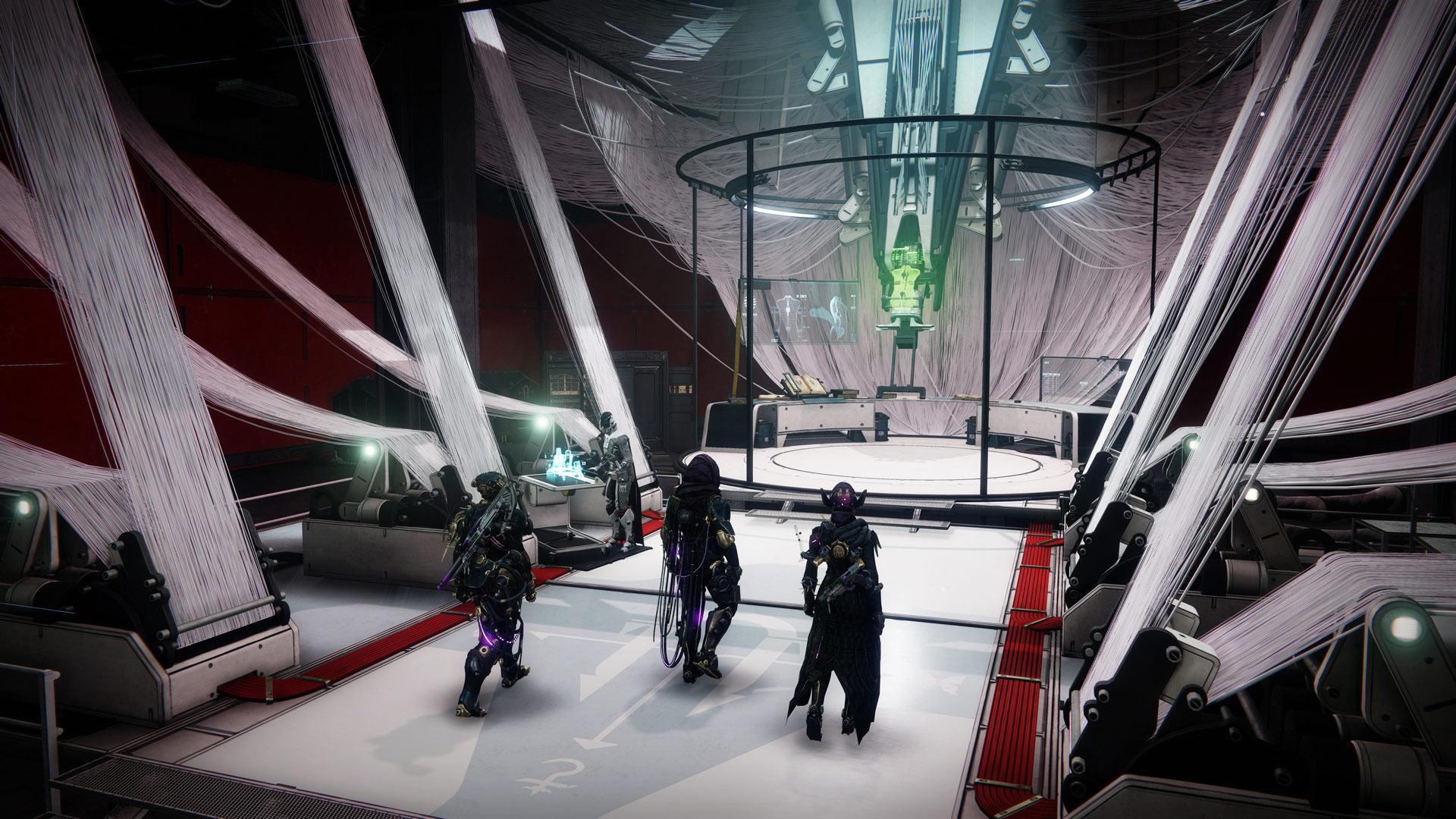
While overly complicated, Bungie's description of how Armor Synthesis works hides just how much friction exists within the process. The first is how long it takes to earn Synthstrand. The speculation that it drops not from number of kills but from time between kills matches up with my experience, meaning that there's a hard cap on how quickly you can collect it. At two minutes per Synthstrand drop, it theoretically takes five hours to collect enough to buy a bounty—although that's not counting all the extra time spent queueing, travelling, sorting your inventory, clearing your postmaster haul, decrypting engrams or any of the other busywork that makes up a portion of an evening with Destiny 2.
The second is that the bounties are not created equally. Some are pretty simple to complete. Others require you to get a whole bunch of Champion kills in Nightfall strikes—a significantly more time consuming prospect. There are benefits to the system: some of the bounties provide an excuse to revisit and repopulate older activities like Blind Well, and even old raids. (I'd prefer if Bungie adopted a more rewarding reason, like a rotating pinnacle drop that cycles between old raids and dungeons—but it's something, at least.)
Once all that is done, you get your Synthweave—one of the ten you're allowed to earn per class per season. In the system's defence, once you unlock an armour piece as a universal skin, you're able to freely apply it to any of your armour without cost forever. It's a one-time cost, and that's great. Also, I'm genuinely happy that we have a new shader system, finally letting shaders be one-time unlocks rather than consumable inventory stock. The menu used to apply shaders desperately needs some sorting and bookmarking options, but it's a big step in the right direction.
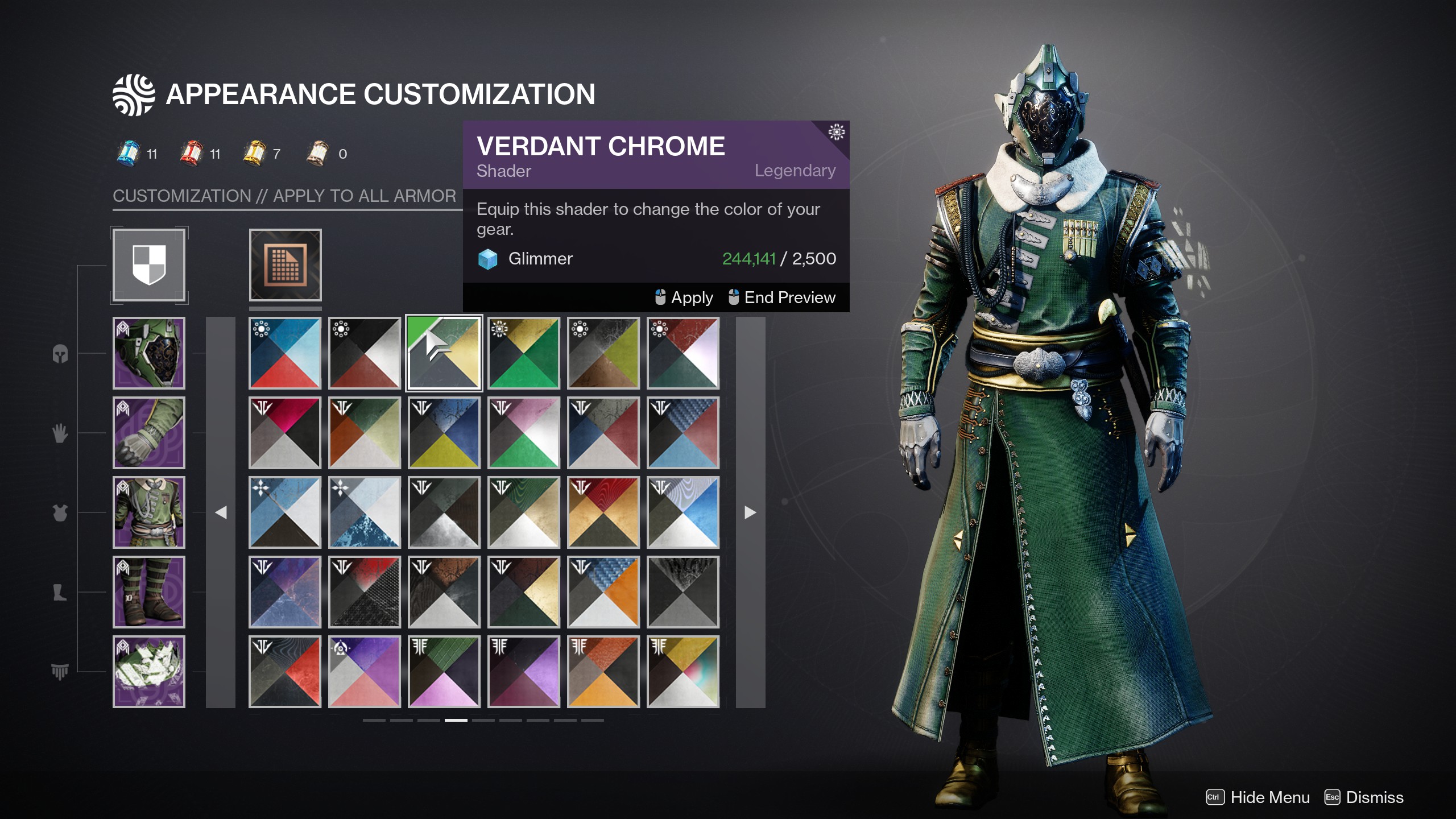
What's not great is how slow and restrictive the process is at the front end. For this introductory season Bungie in its beneficence will give you 10 Synthweaves per class free for completing the explanatory quest, which essentially means you can unlock a couple of armour sets from the off. But in the current system this just feels like a drug dealer offering you the first hit for free. With five armour pieces per set, unlocking additional full sets requires a significant time investment just to hit the seasonal cap.
Of course, you can avoid all of these restrictions if you just go to Eververse and buy a bundle of Synthcord. The game even advertises this fact to you after you've finished the quest that unlocks the system. In its current state, Armor Synthesis feels like another advert for Bungie's store, through a system that offers just enough frustration to tempt players to pay for it instead.
These issues are just another symptom of a larger problem that's felt throughout Destiny: the Eververse, and how it subverts the game's reward structure. Throughout the industry, one of the ways publishers often justify real-money stores is that their wares are purely cosmetic. This is true of Destiny, of course, but it isn't the whole story, because cosmetics are a valuable component of an MMO's reward loop. By shifting the bulk of cosmetic ships, Sparrows and Exotic ornaments to the Eververse, Bungie devalues their potential as a meaningful reward in the game's activities.
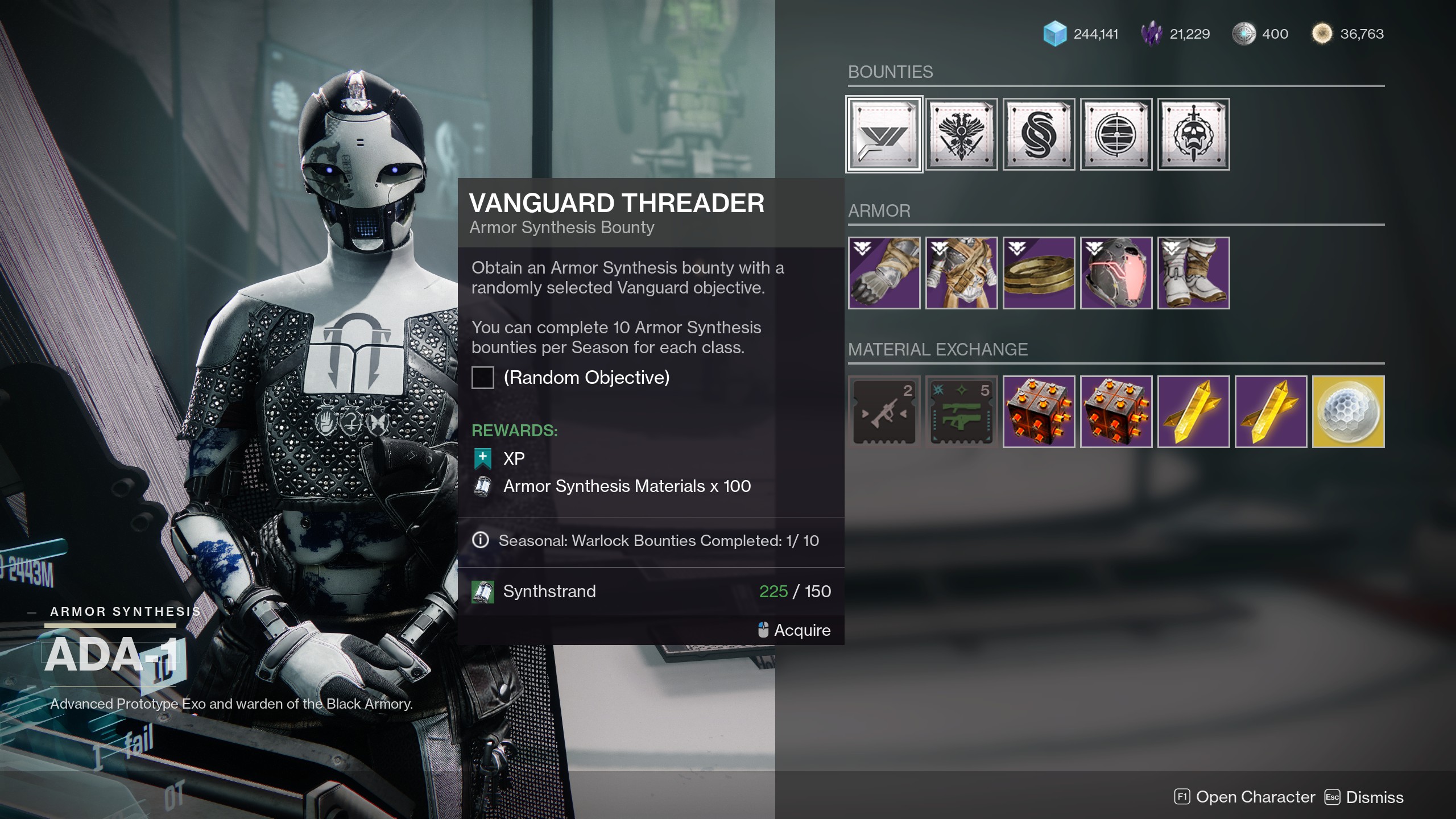
A constant source of frustration voiced by the Destiny community is a lack of guns to chase, something that Bungie has worked hard to address in the last couple of seasons—with some success. It makes sense that it takes Bungie time to create new weapons, because each of them has to be integrated into a large and expanding combat sandbox. Even now, though, there remains the problem of how to reward weapons in Destiny's most difficult activities.
If Bungie offered a unique weapon for going flawless in Trials of Osiris, players would complain about the desirable rewards being out of reach for the majority. We saw this a few years back, when weapons like Not Forgotten dominated the meta, despite only being available to people who were actually good at Crucible (or were prepared to pay someone to unlock it for them). Instead, then, Bungie gave Trials and—on the PvE side—Grandmaster Nightfalls altered 'Adept' versions of weapons, triggering a different controversy as players complained that they weren't worth the effort of unlocking them.
This is, to an extent, a problem of Bungie's own making, because in Destiny's ecosystem, guns have long been the only reward worth chasing. That's because the Eververse long ago devalued cosmetic rewards as a thing worth chasing. In most MMOs, cosmetic rewards are a perfectly reasonable reason to complete a difficult or time consuming task, because they act as a badge of honour, showing other players that you did the thing. For Destiny, this doesn't work, because most of the cool ships and Sparrows show little except the contents of your last Eververse loot box.
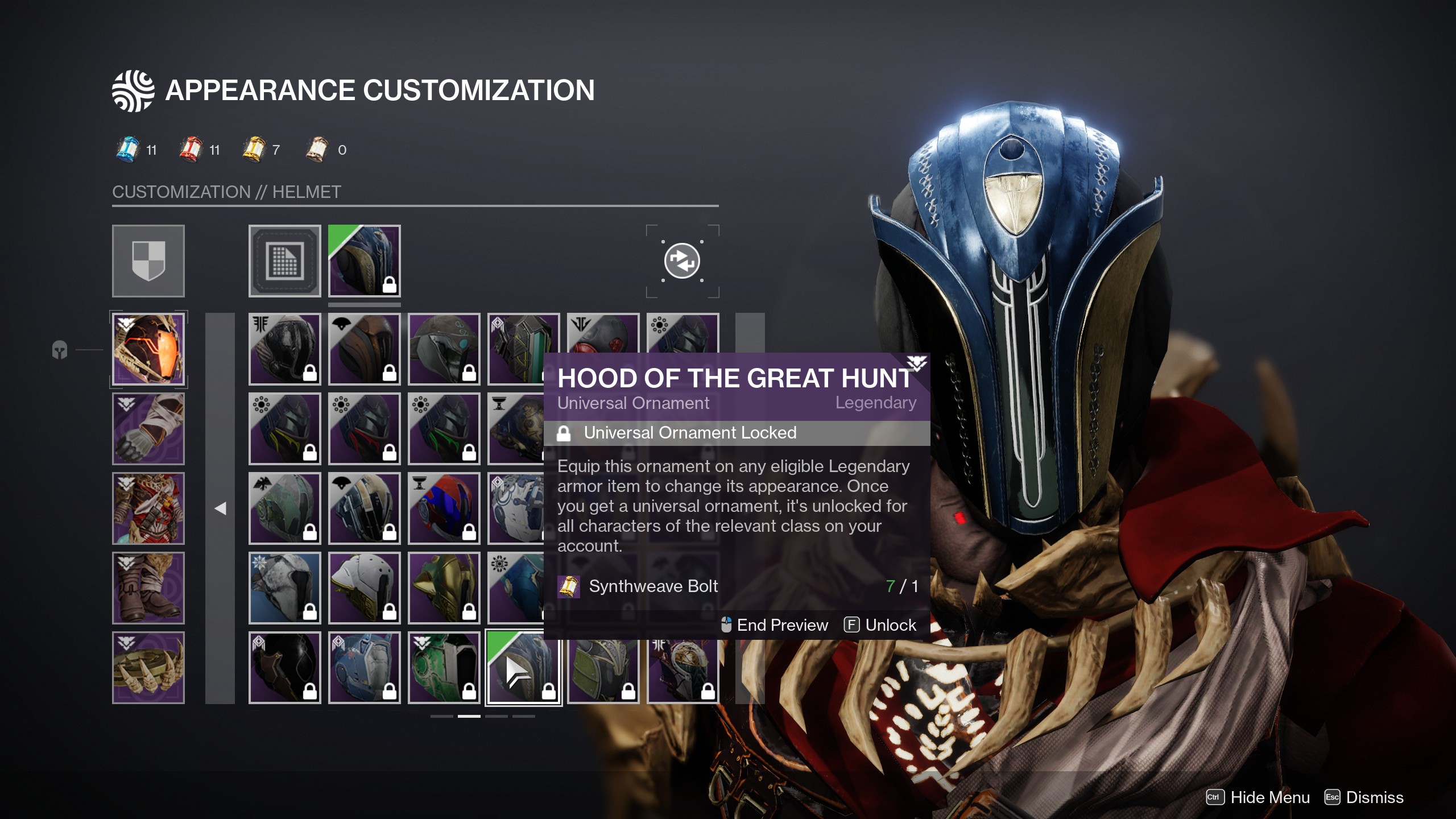
Armor Synthesis, too, can be handwaved as just another cosmetic bonus—fair game for microtransactions. But once again, it's another system that's emblematic of Eververse's grip over Destiny 2's actual design. Its systems are designed to frustrate, and so Bungie can't be surprised that players are frustrated.
In a game that already requires significant investment—through yearly expansions and their subsequent seasons—it's galling to find we're again being asked to open our wallet to circumvent a system that seems specifically engineered to feel bad. If this time ends up like all the other times, Bungie will eventually tweak the system to feel more palatable to players, and we'll be left to wait for the next system that—thanks to Eververse's prominence—transmogrifies what could have been a welcome new feature into something else instead.

Phil has been writing for PC Gamer for nearly a decade, starting out as a freelance writer covering everything from free games to MMOs. He eventually joined full-time as a news writer, before moving to the magazine to review immersive sims, RPGs and Hitman games. Now he leads PC Gamer's UK team, but still sometimes finds the time to write about his ongoing obsessions with Destiny 2, GTA Online and Apex Legends. When he's not levelling up battle passes, he's checking out the latest tactics game or dipping back into Guild Wars 2. He's largely responsible for the whole Tub Geralt thing, but still isn't sorry.

